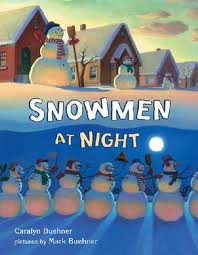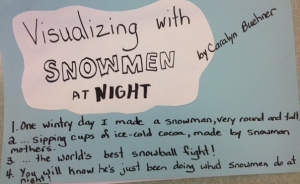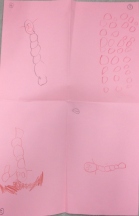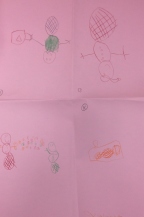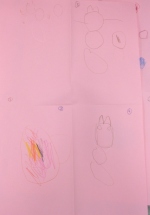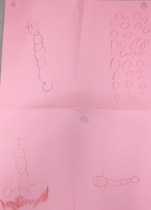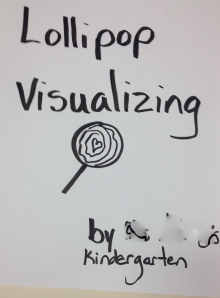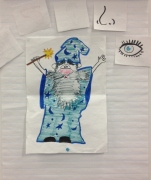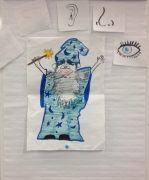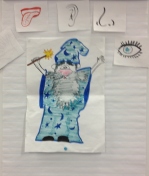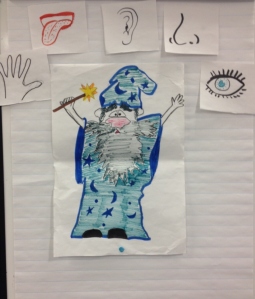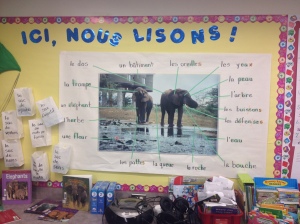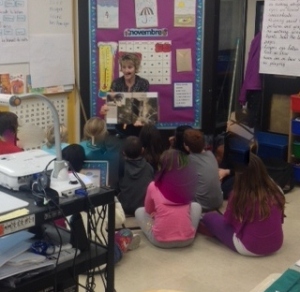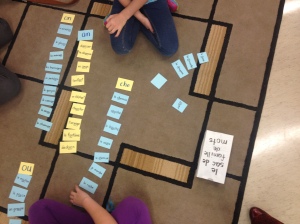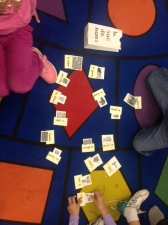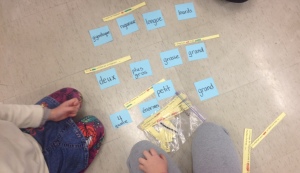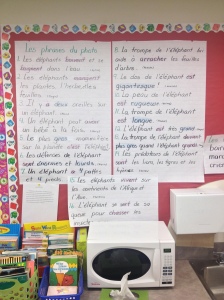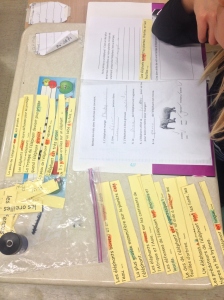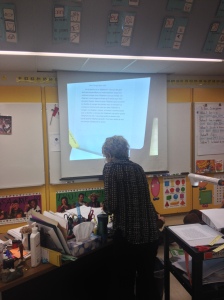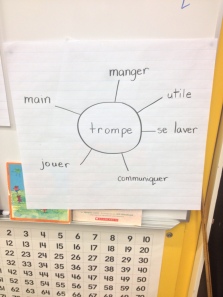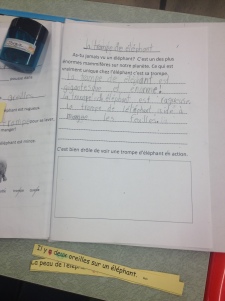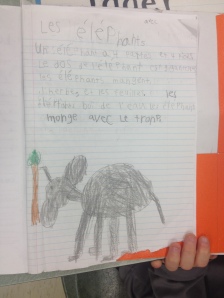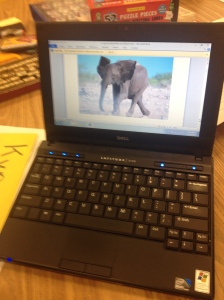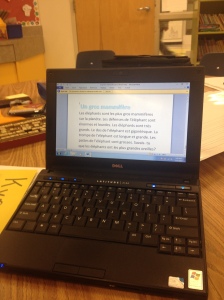My next step is to read a book but not share the pictures. In this case I chose Snowmen at Night by Caralyn Buehner
I choose 4 strategic visualizing places to stop ahead of time. I give the children a large piece of paper folded into four. I number the sections 1 2 3 4
I start by telling the children that I will read them the story twice; once without the pictures, and once with the pictures. I tell them that when I stop reading, they need to go to their places and colour/draw a picture of what they are visualizing is happening in the story.
After they have done all 4 ,we share their drawings for each section, in partners. The children explain their thinking to their partner. Some children share their thinking with the whole group and I assess by making sure to listen to each child at least once.
I extend the lesson by listing any questions they might have, making connections to activities the children have done in the snow and predicting what the snowmen might do next!
Here are the visualizations for Snowmen at Night.
Each child visualized in a different way. I love the last drawing of the snowball fight. “so many snowballs you can’t see the snowman.”
Library Thing other good books for visualizing.
Other ideas for making mental images by Debbie Miller
Thanks so much to LA for letting me try these lessons out in her classroom and sharing her kids with me.
Poetry is another great way to teach visualizing, but that’s another blog!
